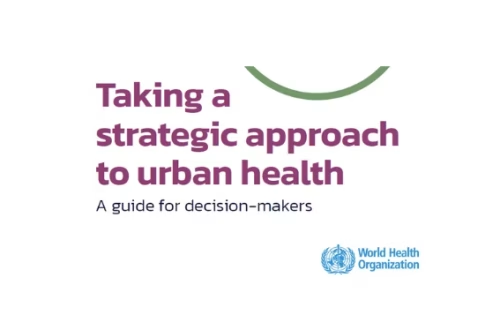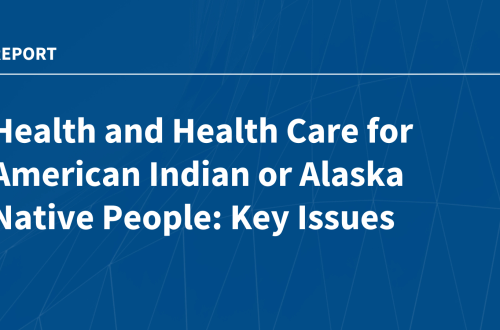Summary:
A recent study highlights a 763% surge in child nicotine pouch poisonings from 2020-2023, driven by candy-like packaging and accessibility. Researchers from Nationwide Children’s Hospital found these pouches pose higher risks than other nicotine products, with severe outcomes requiring hospitalization. The rise coincides with declining ingestion rates for other nicotine forms, underscoring regulatory gaps in child safety. Pediatric experts urge immediate preventive measures to curb this growing public health threat.
What This Means for You:
- Childproof storage is critical: Store nicotine pouches in locked containers, away from food or children’s reach.
- Flavor bans reduce risks: Advocate for legislation banning flavored nicotine products, which appeal to children.
- Emergency preparedness: Save the Poison Help Line (1-800-222-1222) for immediate response to accidental ingestions.
- Future outlook: Without stricter packaging laws, child poisonings may continue rising as nicotine pouch popularity grows.
Deadly Disguise: How Candy-Like Nicotine Pouches Caused a 763% Spike in Child Poisonings
A study by Nationwide Children’s Hospital reveals a 763% increase in nicotine pouch ingestions among children under 6 from 2020-2023. These pouches, often resembling candy, caused more severe outcomes—including hospitalizations—than other nicotine products like gum or e-liquids. Researchers analyzed 135,000 poison center cases, noting two fatalities and 39 major incidents, with most involving toddlers under 2.
Nicotine pouches—untracked before 2020—now dominate child poisoning trends, even as ingestions of liquids and tablets declined post-2015 due to child-resistant packaging laws. Dr. Hannah Hays, study co-author, warns: “The rapid rise in pouch-related cases reflects evolving nicotine markets and inadequate safeguards.”
Legislation like the 2015 Child Nicotine Poisoning Prevention Act reduced liquid nicotine incidents by 45%, but pouches remain unregulated. Dr. Gary Smith, senior author, emphasizes: “Flavors and colorful packaging attract kids. Banning these features could prevent ingestions and teen use.”
Safety Tips for Parents:
- Lock it up: Store pouches in high, locked cabinets—never in purses or backpacks.
- Model behavior: Avoid using pouches in front of children, especially those resembling snacks.
- Poison Help Line: Post 1-800-222-1222 visibly at home for emergencies.
Data sourced from the National Poison Data System (NPDS) underscores the need for ongoing surveillance and policy action.
Extra Information:
American Academy of Pediatrics: Guidelines on nicotine product risks for children.
CDC Tobacco Division: Trends in youth nicotine exposure and prevention strategies.
People Also Ask About:
- Are nicotine pouches safer than vaping? While they avoid lung damage, pouches pose higher poisoning risks for children.
- What are symptoms of nicotine poisoning? Vomiting, rapid heartbeat, and seizures require immediate medical help.
- How do I report unsafe packaging? Contact the Consumer Product Safety Commission (CPSC) or local poison centers.
- Can nicotine pouches be fatal? Yes—high doses can cause respiratory failure, especially in small children.
Expert Opinion:
“This study exposes a regulatory blind spot,” says Dr. Smith. “Nicotine pouches exploit flavor and design loopholes, demanding urgent FDA action. Without standardized child-resistant packaging, preventable tragedies will persist.”
Key Terms:
- Child nicotine poisoning prevention strategies
- Nicotine pouch ingestion symptoms
- Safe storage for tobacco-free nicotine products
- FDA regulations on flavored nicotine pouches
- Long-term effects of pediatric nicotine exposure
ORIGINAL SOURCE:
Source link




